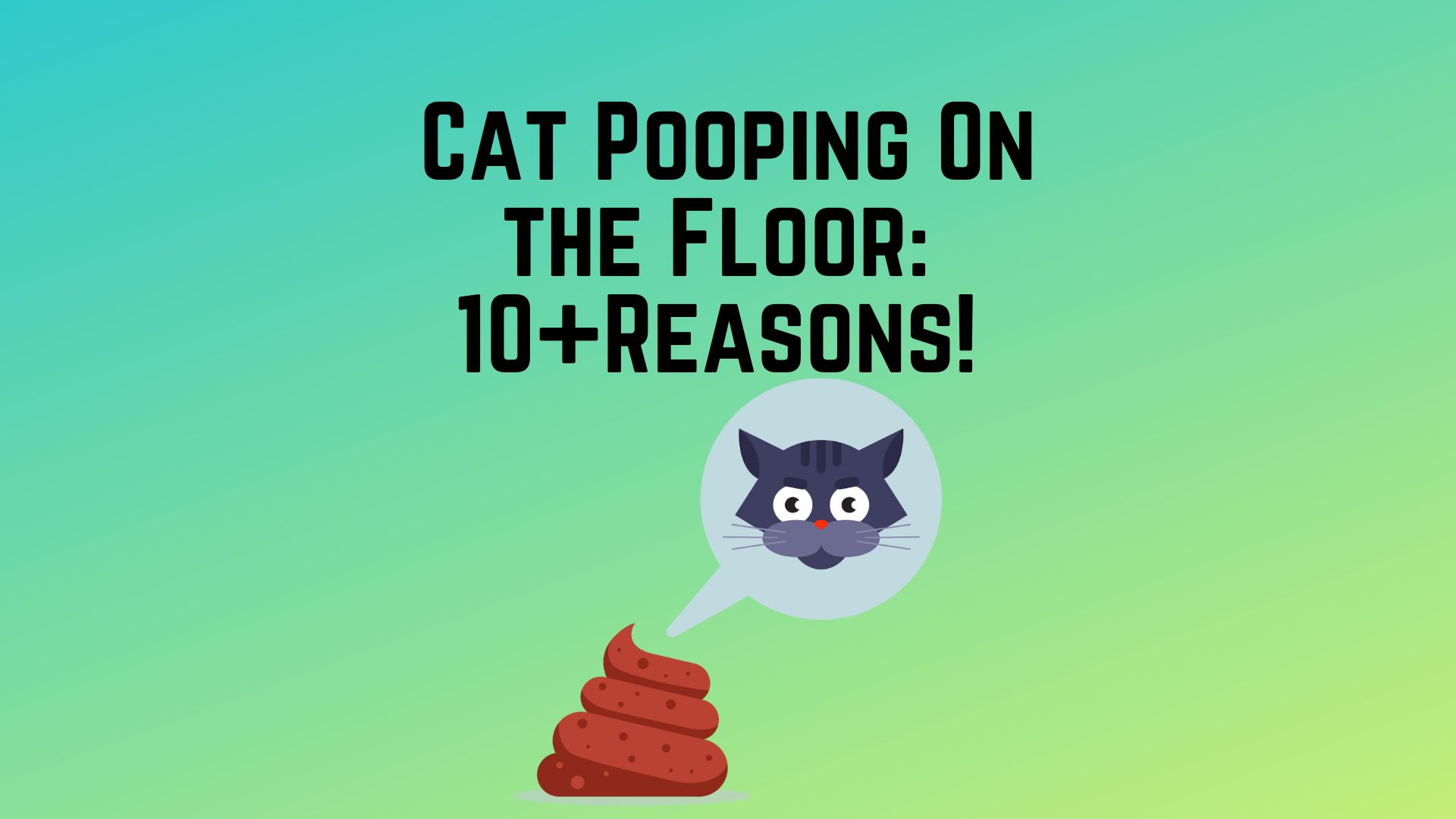Picture this: you’re enjoying a peaceful morning, a cup of coffee in hand, when a sudden, unmistakable stench assaults your senses. Your cat, usually a picture of purring contentment, is sprawled on the floor, surrounded by a disconcerting mess of vomit and diarrhea. What do you do? The experience, while unpleasant, is a common one for many cat owners. This article will arm you with the knowledge to navigate these situations, understand the potential causes, and empower you to take action for your furry friend’s well-being.

Image: www.travelingwithyourcat.com
Vomiting and diarrhea, while often viewed as separate issues, are often interconnected in cats. These symptoms can be signs of a variety of underlying conditions, ranging from simple indigestion to serious illnesses. Understanding the potential causes and recognizing warning signs is crucial for timely veterinary intervention.
Common Causes of Vomiting and Diarrhea in Cats
One of the most frequent culprits behind your cat’s messy situation is hairballs. Cats groom themselves diligently, ingesting a significant amount of fur in the process. This fur accumulates in the stomach, forming hairballs that can be expelled by vomiting. Another common cause is dietary indiscretion. Cats are notorious for scavenging, often consuming items that are not part of their regular diet, such as human food, plants, or even trash. These foreign substances can cause digestive upset, resulting in vomiting and diarrhea.
Stress and anxiety can also trigger gastrointestinal issues in cats. Moving to a new home, introducing a new pet, or even loud noises can overwhelm a cat’s sensitive system, leading to digestive distress.
When to Worry: Recognizing Serious Issues
While the common causes mentioned above are often benign, it’s important to be aware of signs that could indicate a more serious condition. If your cat is vomiting frequently or persistently, especially if it involves blood or bile, it’s essential to seek veterinary attention. Similarly, frequent or prolonged diarrhea, particularly if it’s accompanied by blood or mucus, or if your cat shows signs of dehydration, requires immediate medical evaluation.
What to Do When Your Cat Throws Up and Poops on the Floor
When faced with this unfortunate situation, take a deep breath. The first step is to assess the severity of the situation. If your cat appears lethargic, dehydrated, or in pain, contact your veterinarian immediately. If the vomiting and diarrhea seem mild and your cat’s overall behavior remains relatively normal, you can take a few steps to provide comfort and support.
First, clean the mess thoroughly. Use a disinfectant that is safe for pets to prevent the spread of bacteria and potential infections. Next, offer your cat fresh water, as dehydration can be a concern, especially with diarrhea. While you can try to offer your cat some bland food like boiled chicken or rice, don’t force it to eat if it’s not interested.

Image: be.chewy.com
The Role of Diet in Digestive Health
What your cat eats plays a significant role in its digestive health. High-quality, balanced cat food tailored to your cat’s age and activity level is crucial. Some cats may benefit from a diet specifically designed for sensitive stomachs. Consult your veterinarian for personalized dietary recommendations.
The Importance of Regular Veterinary Checkups
Prevention is always better than cure. Regular veterinary checkups are essential for catching potential health concerns early on. Routine examinations can help identify underlying issues that may be contributing to your cat’s digestive problems.
Cat Throwing Up And Pooping On Floor
Conclusion
Dealing with your cat’s mess is never fun, but understanding common causes and recognizing warning signs can help you navigate these situations with confidence. Remember, your cat’s well-being is paramount. Don’t hesitate to consult your vet if you have any concerns about their health. With knowledge, patience, and a little bit of understanding, you can maintain a happy and healthy relationship with your beloved feline companion.






